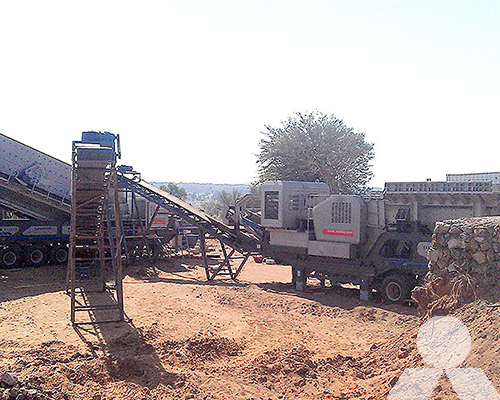Conceptual Diagram of Construction Debris Recycling and Crushing Station
As the world’s population continues to grow and urbanization intensifies, the construction industry witnesses a surge in activity, leading to a significant increase in construction waste generation. To address this environmental concern, the concept of a Construction Debris Recycling and Crushing Station has emerged as a viable solution. This article presents a conceptual diagram of such a station, outlining its key components and processes.

Diagram Overview: The conceptual diagram illustrates a systematic approach to managing construction debris through recycling and crushing. The station comprises several crucial components that work cohesively to minimize waste accumulation and maximize resource recovery.
- Collection Zone: The process begins with the collection of construction debris from various sources, including demolition sites, construction projects, and renovation activities. Trucks and loaders deposit the waste in designated areas within the station.
- Sorting and Segregation: The collected debris is then sorted and segregated into different categories, such as concrete, wood, metal, plastics, and other materials. This step is vital to ensure effective recycling and prevent cross-contamination.
- Crushing and Grinding: The segregated materials undergo crushing and grinding processes. Specialized machinery, such as crushers and shredders, break down larger items into smaller, manageable pieces. Concrete chunks, bricks, and other hard materials are processed into aggregates, while wood and plastics are shredded for further processing.
- Screening and Sifting: The crushed materials are then subjected to screening and sifting to refine the sizes of the obtained aggregates. This process ensures that the resulting materials meet the required specifications for reuse in various applications, such as road construction and landscaping.
- Resource Recovery: The refined materials are gathered in storage areas based on their types. These recovered resources are ready for reuse, reducing the demand for new raw materials and minimizing the environmental impact of construction activities.
- Waste-to-Energy Conversion (Optional): In some advanced stations, organic materials and non-recyclable waste can be converted into energy through processes like anaerobic digestion or waste-to-energy incineration. This integration further optimizes waste management and resource utilization.
- Environmental Monitoring: To ensure compliance with environmental regulations and to maintain air and water quality, the station incorporates monitoring systems. These systems track emissions, dust levels, and water runoff to mitigate potential negative impacts on the surrounding environment.
The conceptual diagram of a Construction Debris Recycling and Crushing Station highlights an innovative approach to managing construction waste. By integrating various processes, such a station contributes to sustainable development by reducing landfill usage, conserving natural resources, and minimizing the overall ecological footprint of construction activities. This forward-thinking solution underscores the importance of embracing circular economy principles in the construction industry, where waste becomes a valuable resource.









